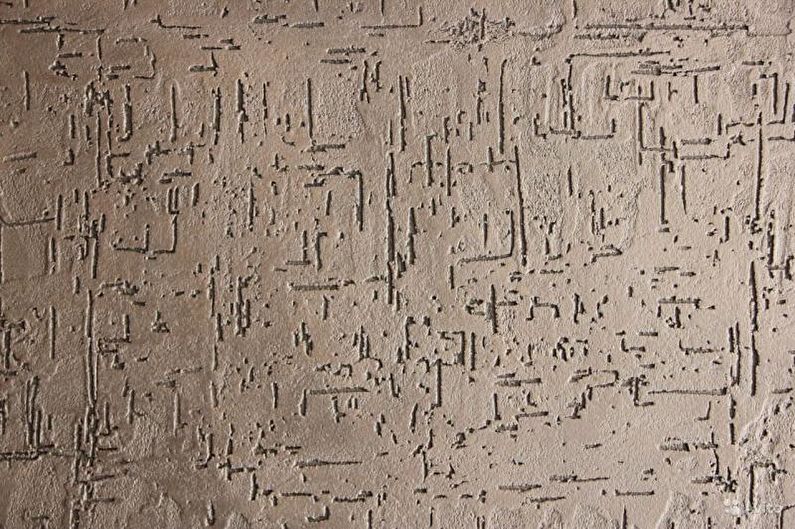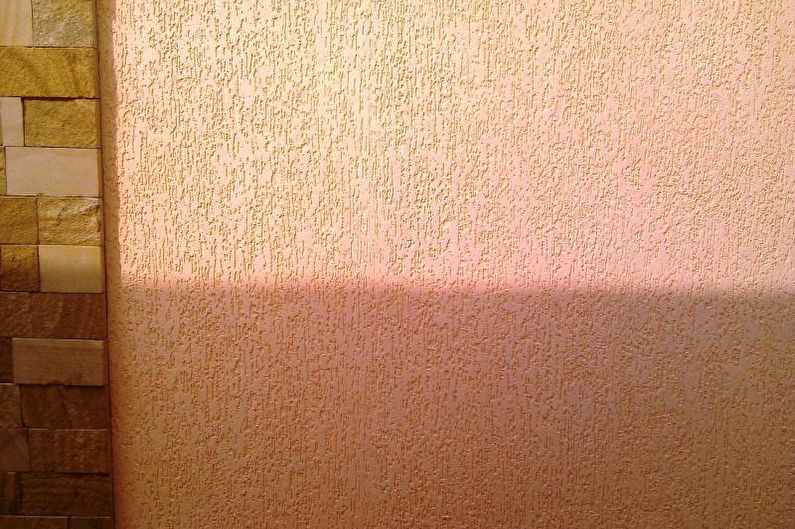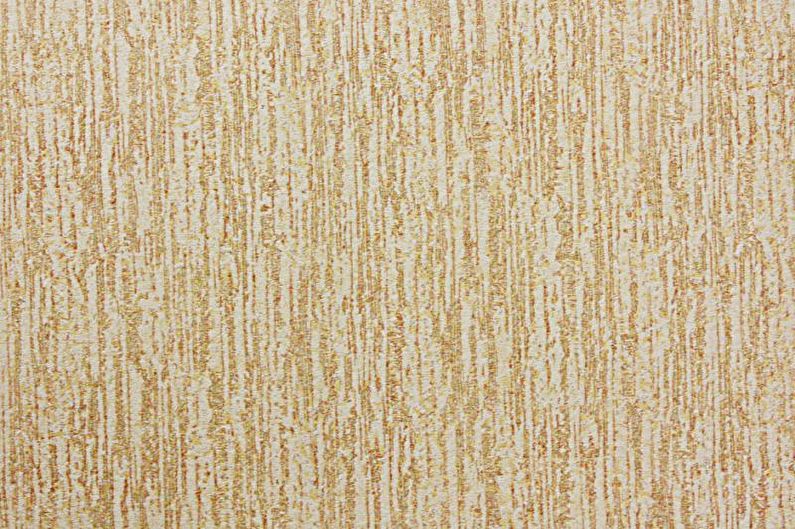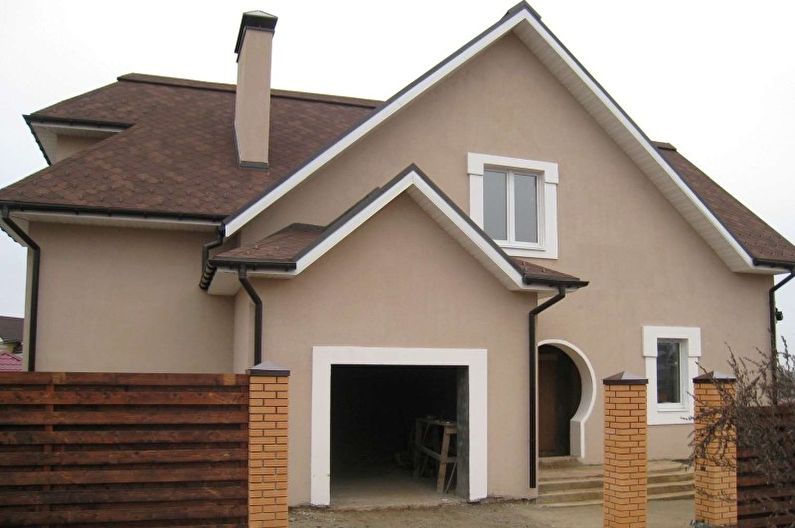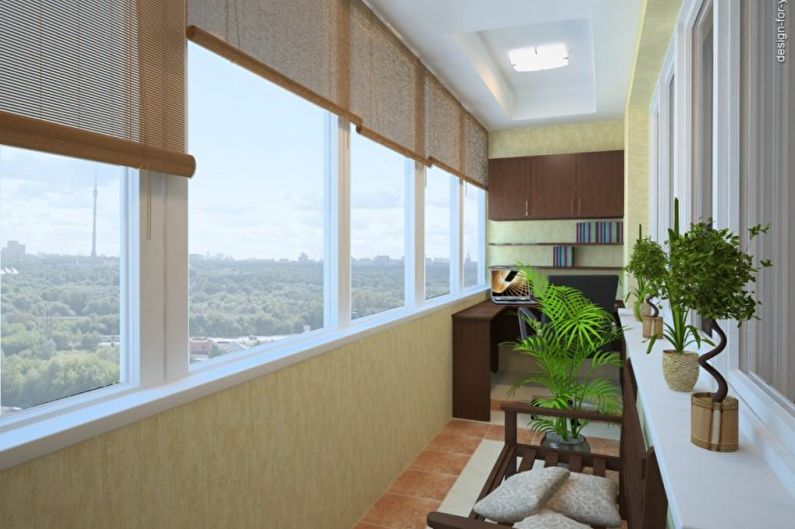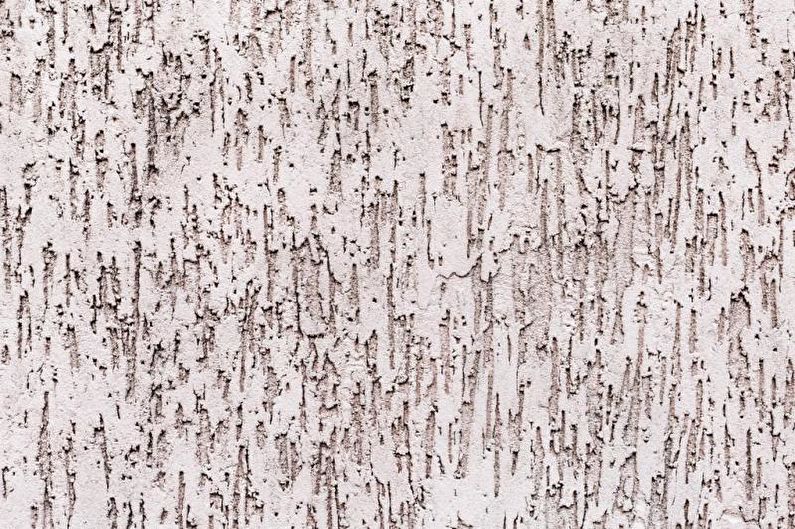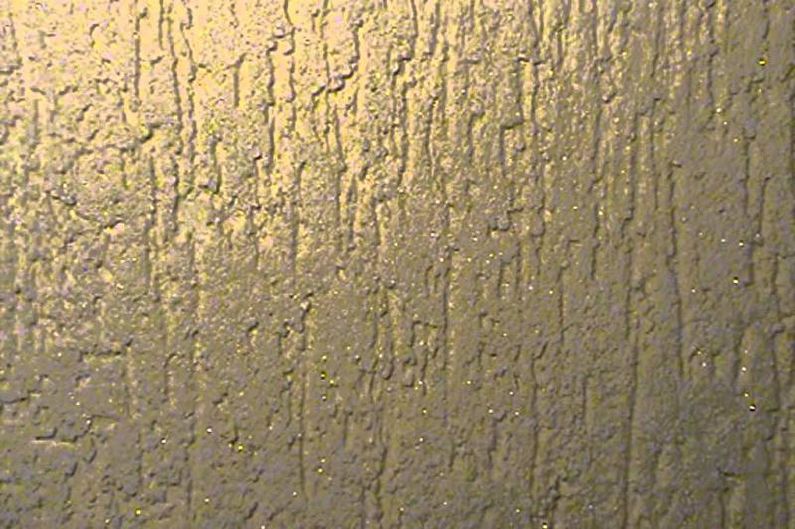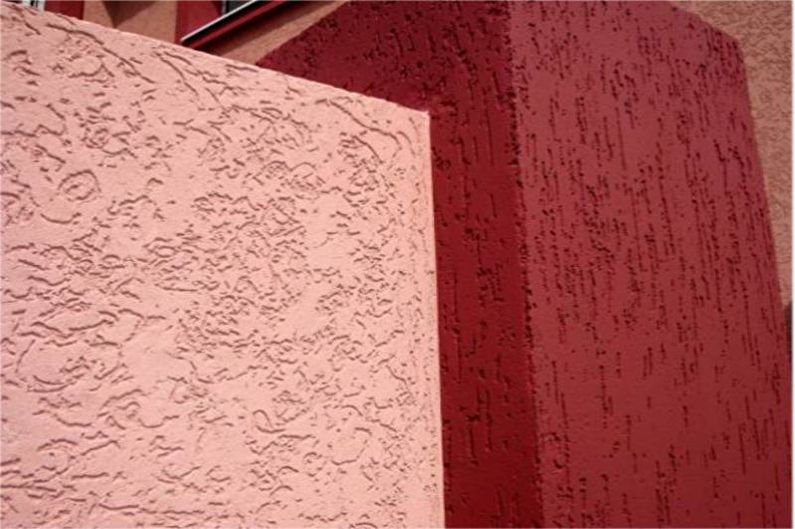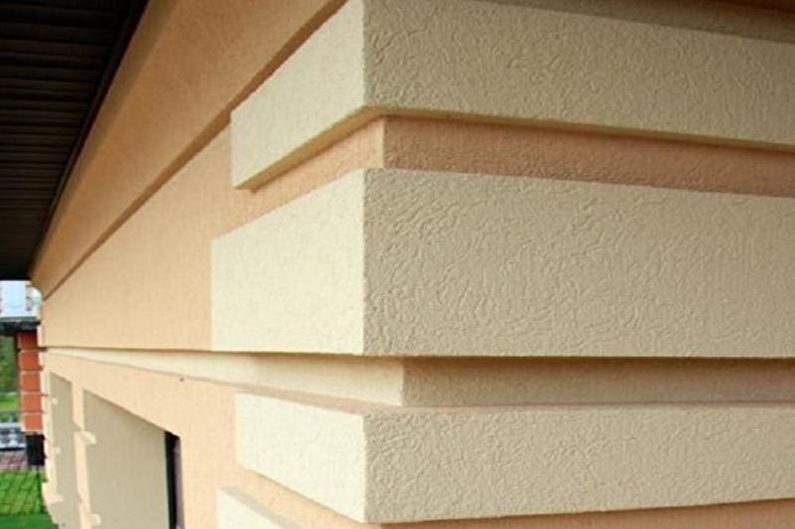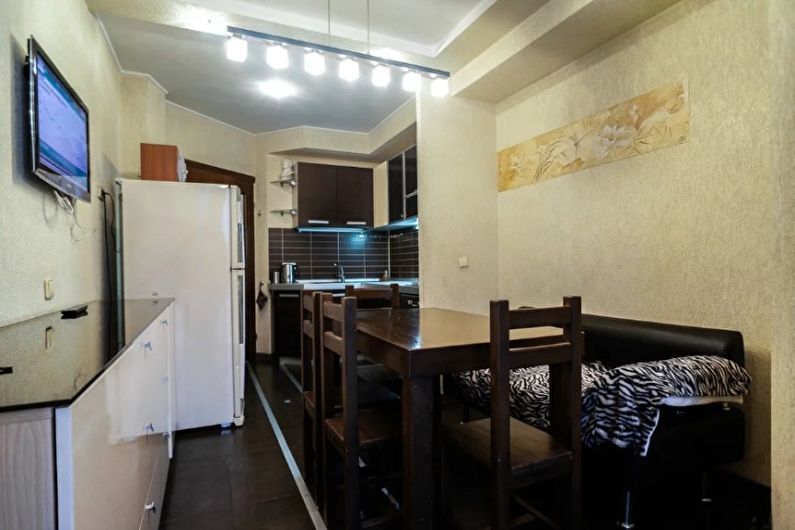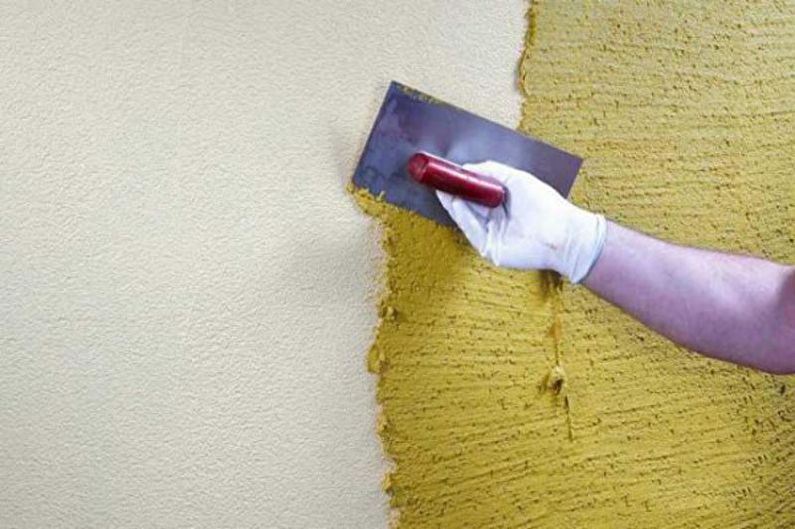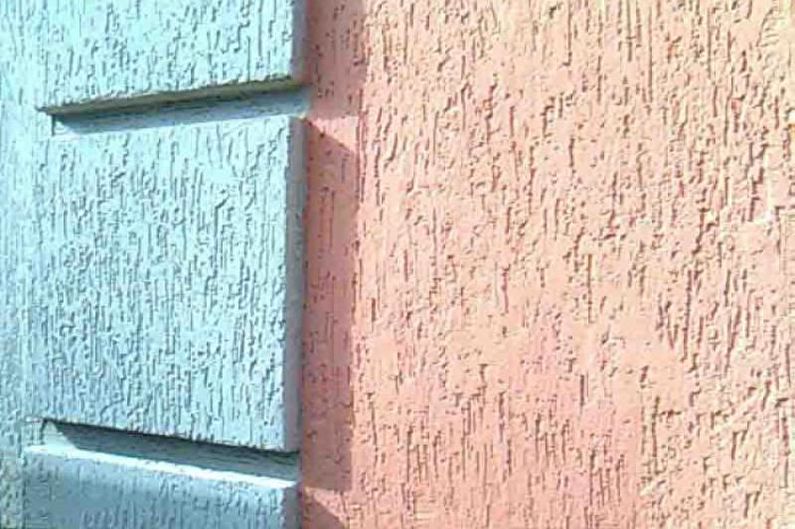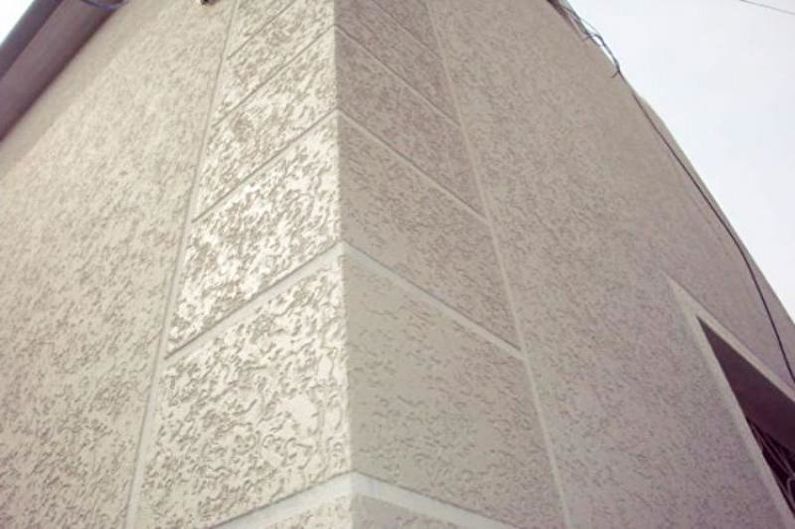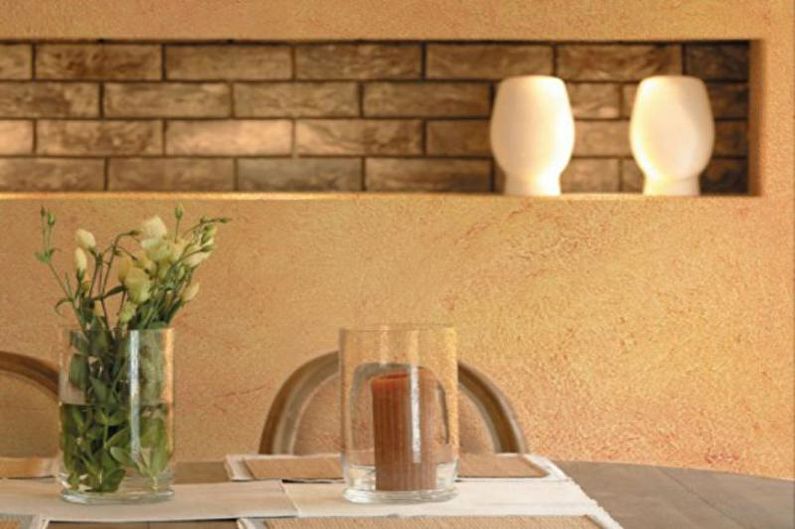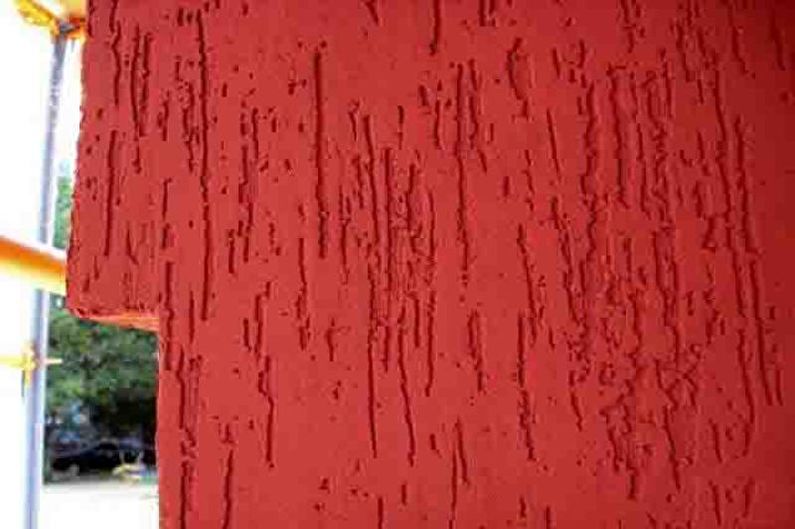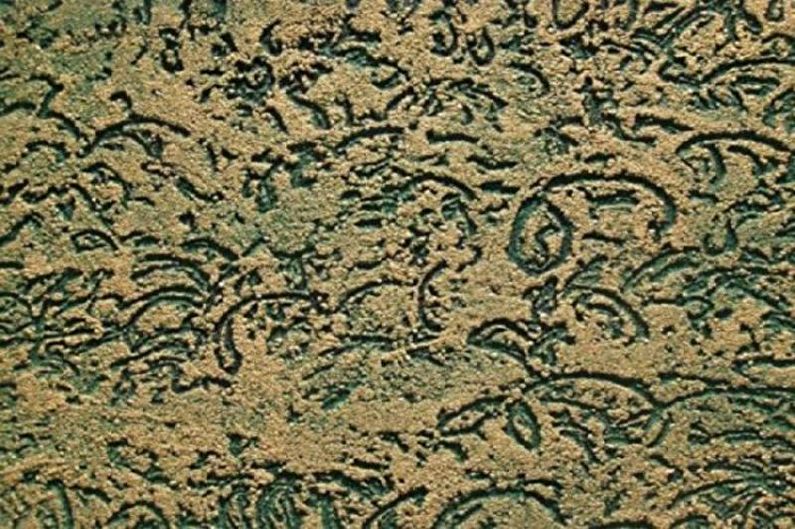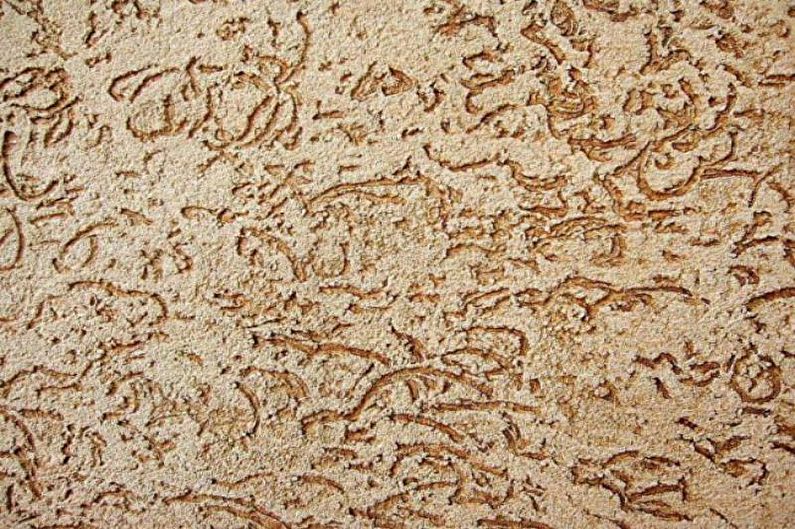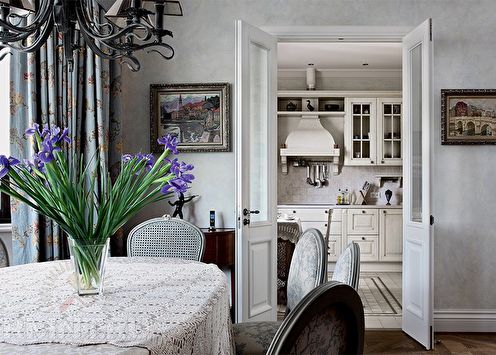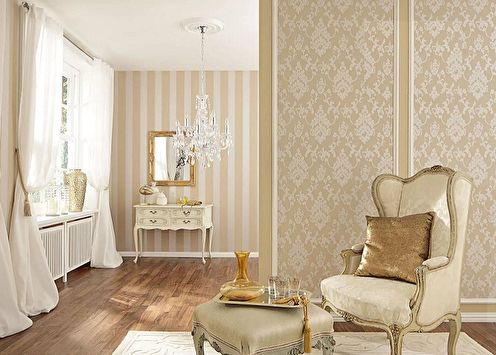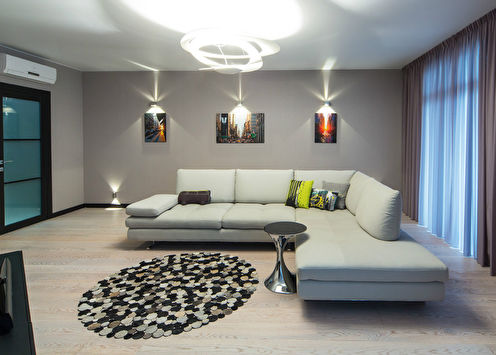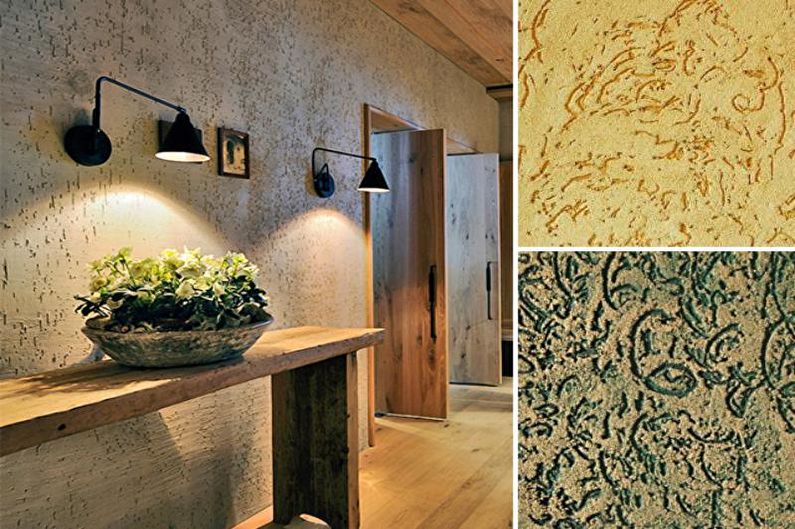
Bark beetle is considered one of the most practical and popular types of plaster. It has undeniable advantages, which have secured it a leading position in the market of decorative materials for wall coverings. For many years this plaster has been used mainly for facades, but recently it has been increasingly used in interior solutions. Designers pay attention to the bark beetle, because it allows you to get a unique texture that will decorate any interior.
Features of bark beetle plaster
The main difference from many other types of plasters is a recognizable furrowed texture. It is very easy to perform for a house painter, and for this reason many craftsmen prefer it. Based on this, this type of finishing material saves time and money, and all because the formation of a beautiful decorative pattern requires only to spread the applied mixture on the surface.
In addition to the listed advantages, it is worth focusing on the following:
- The composition is clean of harmful substances;
- The structure does not change with sudden changes in temperature;
- Does not fade under the sun, and is also fireproof;
- It copes with moisture and mold;
- Due to its specific texture, it is resistant to damage.
As you can see, this is a fairly affordable and effective type of finish. Due to the popularity of this type of plaster, you can choose any price range based on your finances. A variety of granules and fractions, which are part of various types of bark beetle, will create a unique pattern.
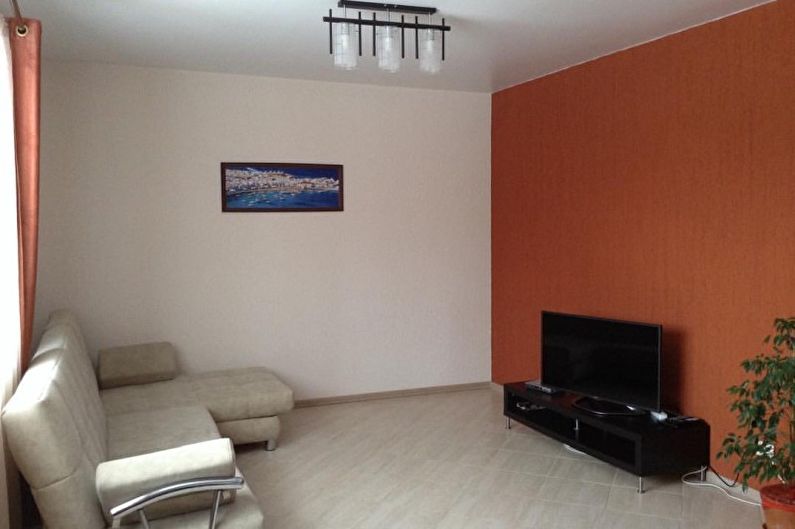
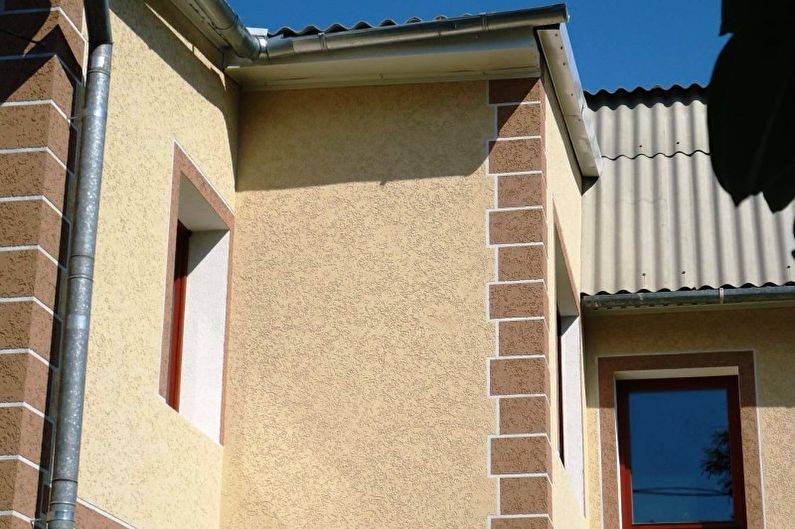
Plaster composition
Bark beetle contains quite weighty minerals. Therefore, the consistency requires a higher viscosity in comparison with other plasters. For this, additional mineral additives and polymers are added to the bark beetle. Thanks to them, the plaster adheres perfectly to the surface. It is a very lightweight, practical and durable material. Despite various compositional variations from different manufacturers, one unchanged component remains - granules. They create a unique picture.
The size of the granules (or, as they are also called, fractions) can vary based on the type of plaster. Basically, small fractions are used for interior decoration, and large ones for exteriors. But in reality it all depends on your preferences and ideas. Mixtures with smaller granules are more expensive, because they use a complex filtration process.

Application of bark beetle plaster
If you are faced with the application of conventional plaster, then you will not have any problems with the bark beetle, since the general rules for decoration are quite similar. Having prepared the mixture by simply mixing the powder and water, apply it to the surface by conventional spraying. Then gently smooth the plaster along the wall. Keep in mind that the bark beetle dries very quickly - this is due to its features and scope. Therefore, try to apply the finish in small portions and immediately level it, avoiding the appearance of tubercles.
The method described above is considered standard. But, as you know, the bark beetle is famous for its diverse and textured textures. All this is achieved only by various methods of applying plaster. We list the main ones:
- Circular - depict an imaginary circle;
- Rain - move the tool up and down, reaching the desired pattern;
- Cross - as the name implies, the spatula must be moved crosswise.
This list is not closed, try experimenting with different application methods and find your perfect texture.Thus, you can give freedom to the flight of your creative thought. But do not forget about the sequence of preparation of the mixture of plaster, as well as the stages of application. The most common mistake is adding water to the finished and frozen mixture. Such a step will spoil the material, and the final result will be very different from the desired one.
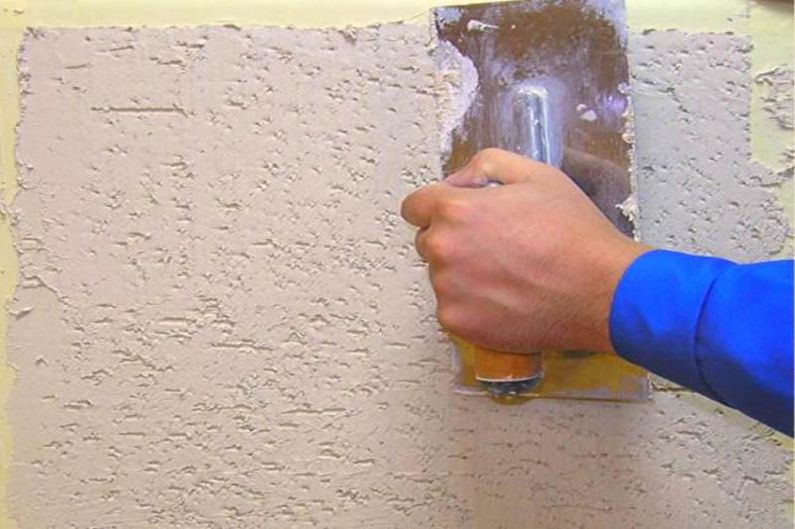
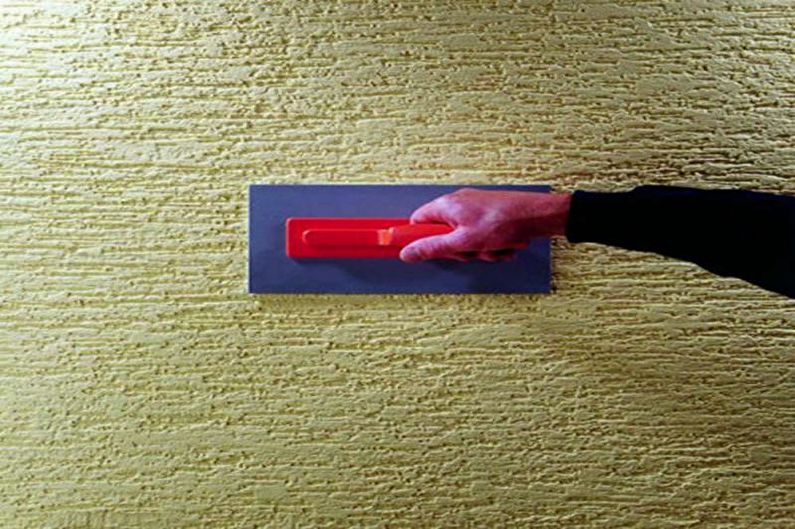
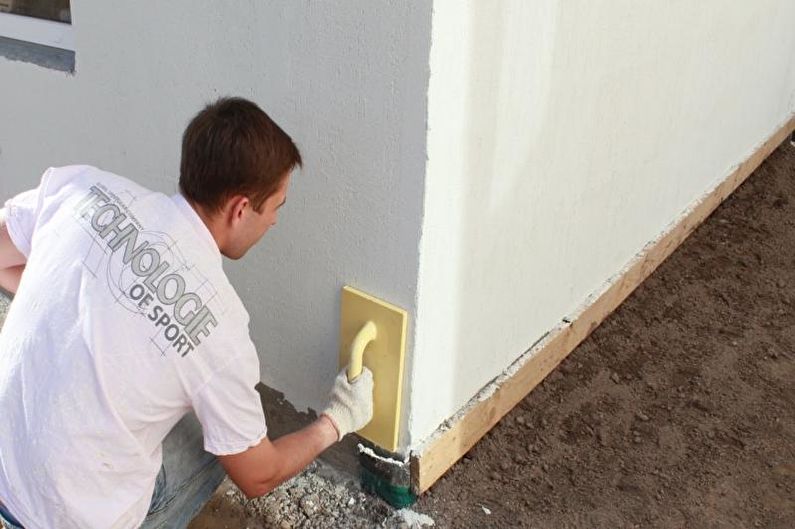
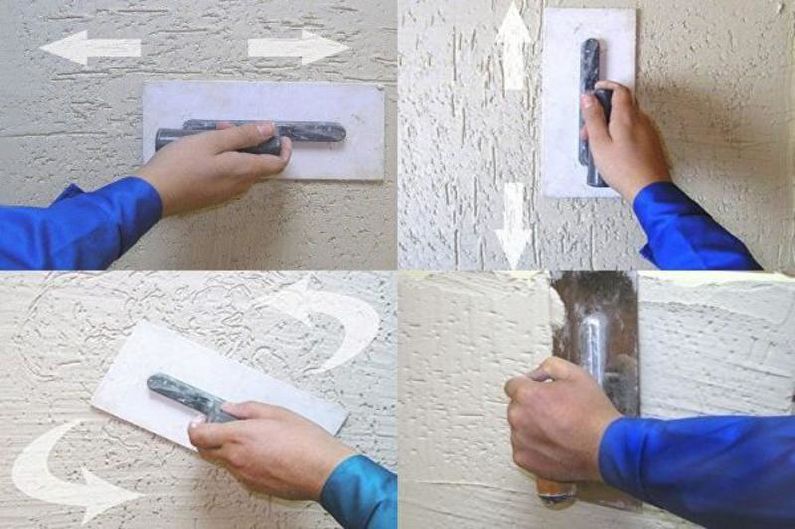

Fields of application
Thanks to a number of useful features of the bark beetle, it is used in all types of finishes, although initially it was positioned as a facade material. This plaster can significantly speed up the repair. In addition, as a result, you will get an interesting and unique coating, because you yourself can create a unique pattern and texture.
Stucco bark beetle for facades
The most popular application of bark beetle, as it is endowed with excellent resistance to temperature extremes. They do not deform or destroy the surface. Due to the uneven texture, mechanical damage does not cause plaster damage at all or minimize it.
Often it is the exterior walls of the house that take the blow of the sun and wind. This adversely affects the durability and appearance of the coating. Sudden changes in temperature destroy the structure of the wall covering. Stucco bark beetle copes with many negative factors. But it is worth remembering that any material requires the right approach to application. The first step will be the alignment of the walls - this will get rid of various cavities and bumps. Then treat the wall with a primer, it will protect the structure and allow the bark beetle to fix on the surface much better.
Having passed the previously described steps, you can proceed directly to work with plaster. Carefully read the instructions and proportions, then dilute the powder with water. If you bought the finished mixture, then beat it with a construction mixer at low speeds and proceed to application. This must be done carefully and evenly.
The thickness of the plaster layer is directly proportional to the dimensions of the granules. The interlayer may be slightly larger than the diameter of the fractions themselves. This will give the coating the right pattern. After applying to the surface, grind the plaster until it is dry. This coating is painted with the paint of the selected shade, if it does not have the desired tone. Paint also provides additional protection against negative environmental factors and damage.
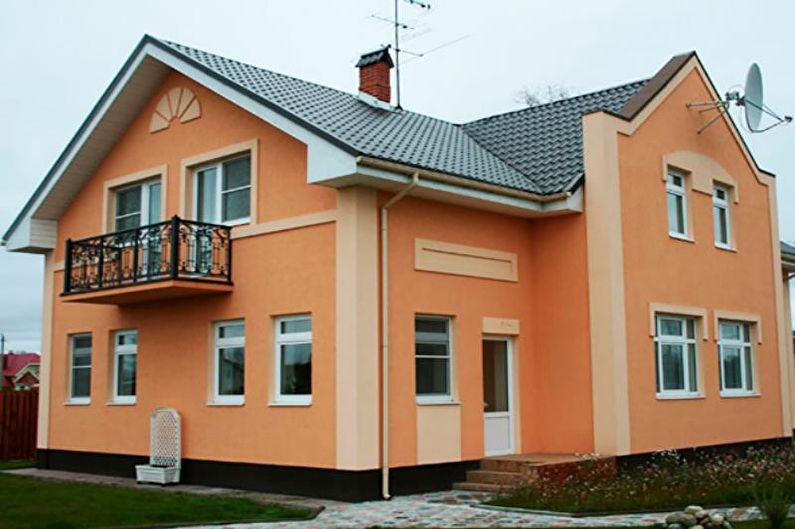
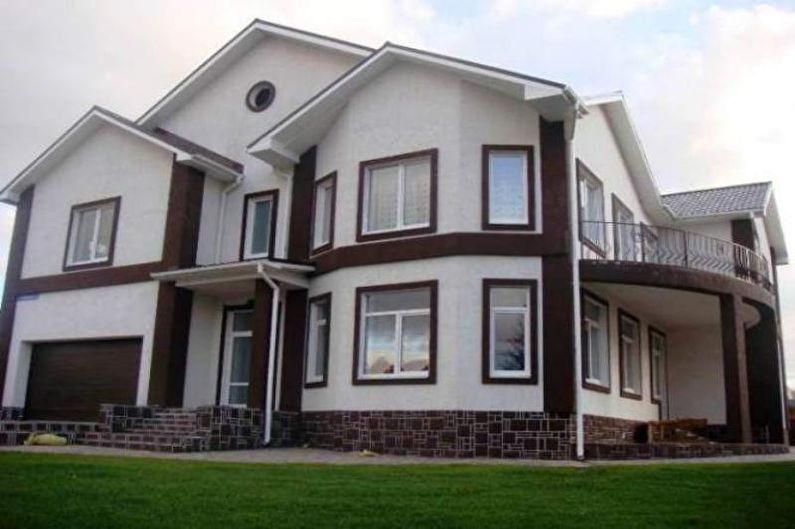
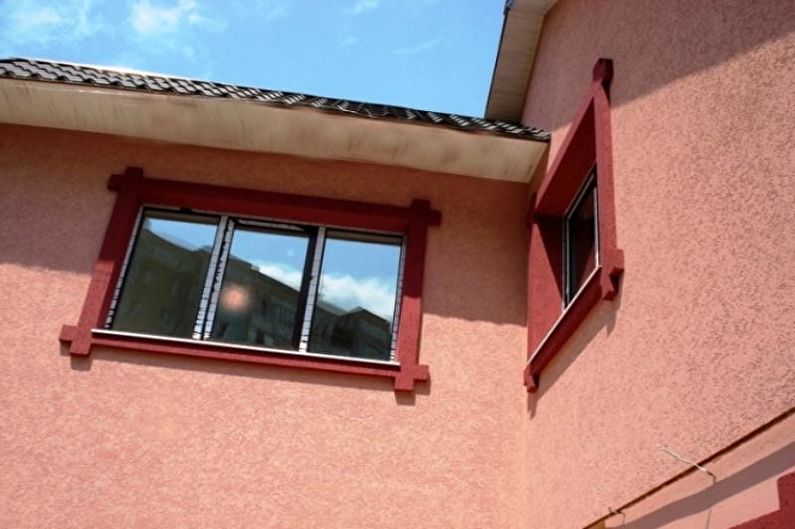

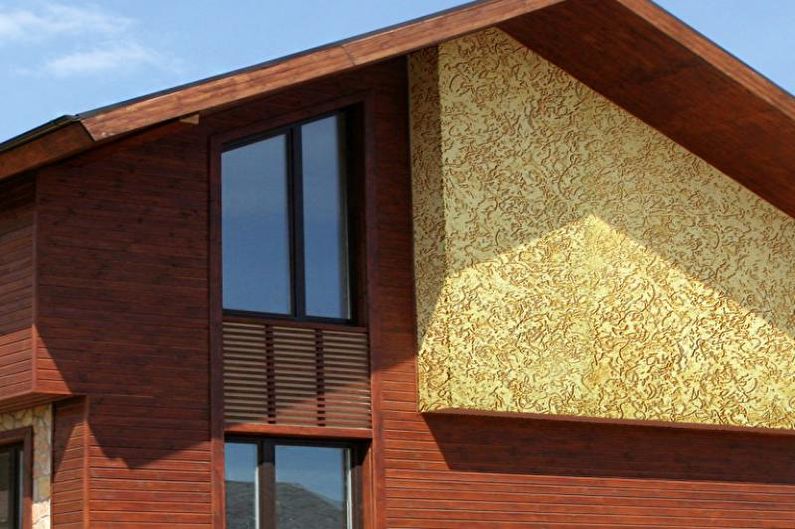
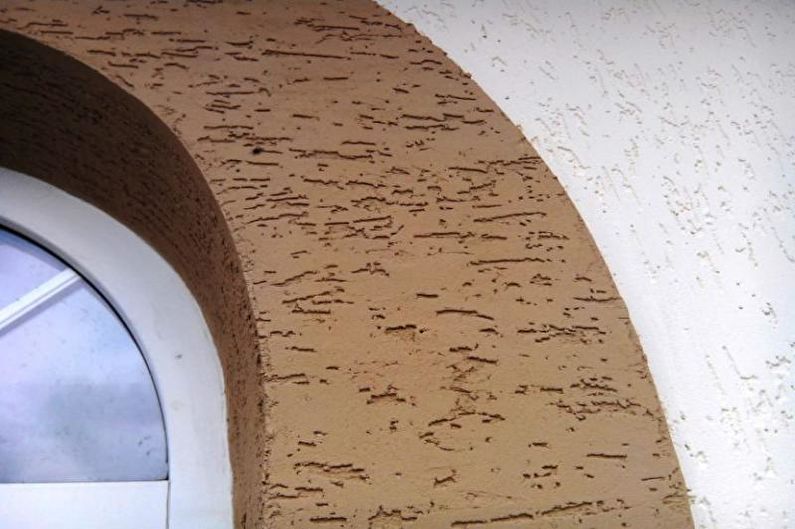
Stucco bark beetle in the interior
You can get an extremely unusual effect in the interior by applying bark beetle plaster. So that the whole finishing process does not bring you any inconvenience, and the final result is pleasing, you need to follow some recommendations.
If the surface of the floor already has a finish, then it needs to be protected as much as possible. Walls should also be prepared - remove contamination or residual past coatings from the surface.
Level the walls. This step is necessary because at the end the plaster should look as neat as possible. Apply a primer to the surface and, while it dries, proceed to the preparation of the mixture. Pour water into a bucket and gradually add powder. Knead it until it becomes uniform, while the granules should not settle to the bottom.
Before applying the finish, close all areas to which the plaster should not fall. It is very difficult to wash, and some surfaces can be damaged. Spread the mixture with a spatula, then start dispensing. Try to do this as quickly as possible, not allowing it to dry. If after half an hour it seems to you that the furrows are too few, you can safely use a grater and complete the drawing. The final step will be the application of paint or the desired pattern.
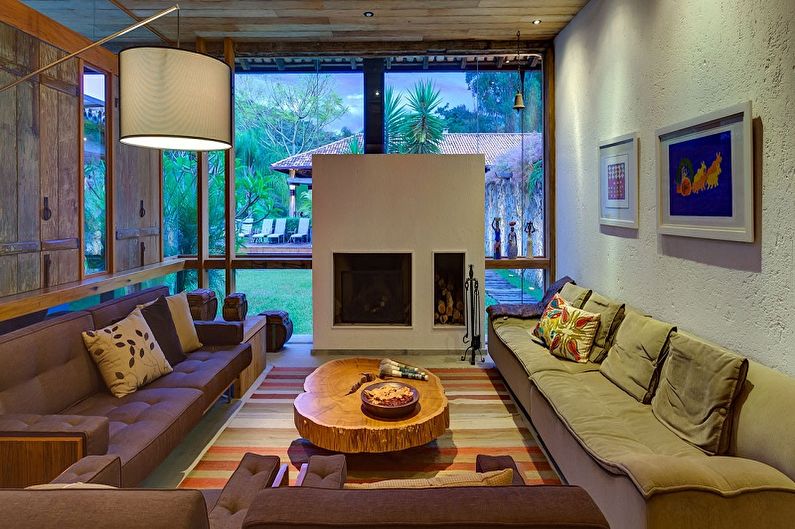
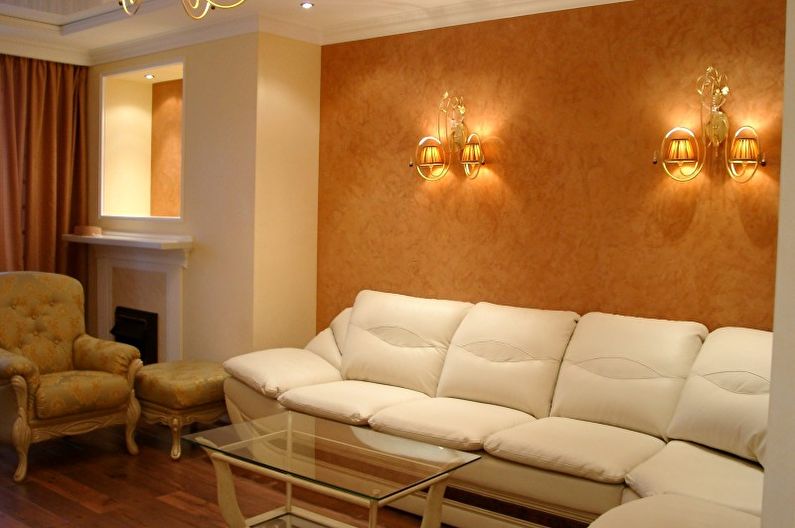

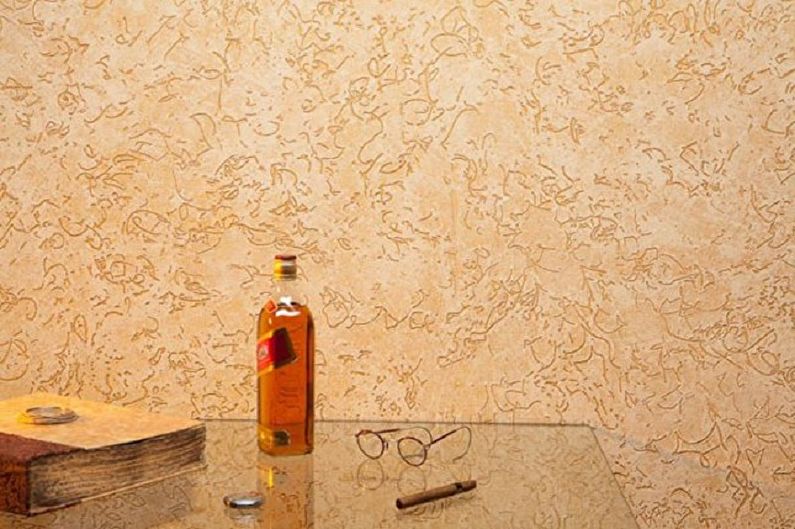
Colors of bark beetle plaster
Based on the selected type of bark beetle plaster, you will get a different result. Gypsum plaster is much easier to apply, but it looks less attractive compared to an acrylic counterpart.The appearance will also depend on the selected shade. Almost all construction stores offer factory-made plaster mixes, so they should only add the desired color pigment. Be careful with the pigments of the paint, because the tone in the bucket does not always match the shade that you get on the wall. After mixing a little mixture with the paint pigment, try it on a small section of the wall before covering it completely.
After applying the plaster, it is advisable to paint it with another layer of special paint, this will make the color more vibrant and saturated. Having reached this stage, you can surrender your imagination and try to combine different shades. Note that dark colors also perfectly emphasize the relief of this plaster and give it an unusual look.

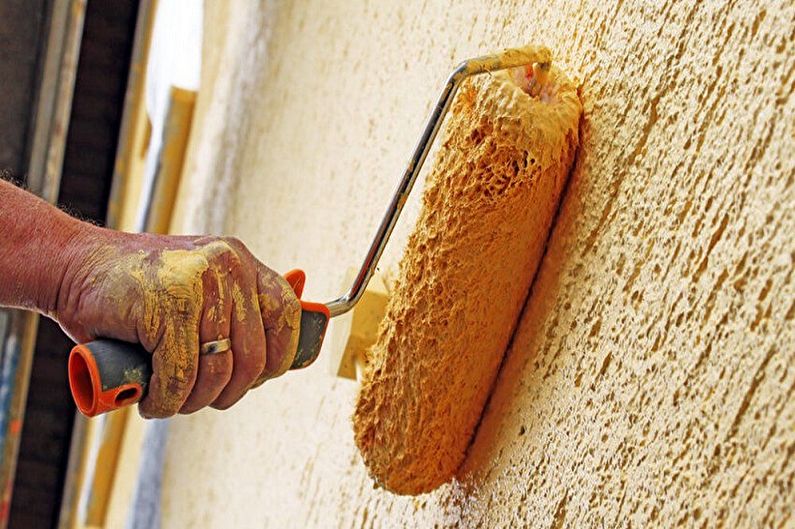
Stucco bark beetle - photo
We have prepared for you beautiful pictures of wall coverings using bark beetle plaster, which will let you know if you want to see this spectacular and truly unique coating on your walls. Happy viewing and interesting ideas for decorating your home!
